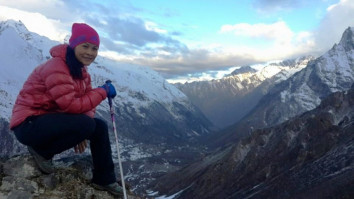24th Jan, 2024
The Grandeur of Ram Mandir Ayodhya: Unveiling the Spiritual Marvel
In the absence of Lord Rama, Ayodhya was ruled by his younger brother Bharata. Bharata acted as the caretaker ruler and kept Lord Rama's sandals on the throne as a symbol of his absence. He ruled Ayodhya with devotion to Rama and waited for Rama's return.
Table of Contents
The construction of the Ram Mandir in Ayodhya has been a long-standing desire among Hindus. The recent construction of the Ram Mandir was facilitated by the Supreme Court of India's judgment in November 2019, which allowed the construction of a temple at the disputed site. The temple construction project is managed by the Shri Ram Janmabhoomi Teerth Kshetra Trust.
The construction of the Ram Mandir in Ayodhya was a significant project that began after the groundbreaking ceremony on August 5, 2020. As of my last knowledge update in January 2022, I do not have information on the exact duration required to complete the construction. The timeline for completing the temple might be subject to various factors, including funding, approvals, and construction progress.
For the most accurate and up-to-date information on the construction timeline of the Ram Mandir in Ayodhya, it is recommended to check recent news sources or official statements.
Regarding the appearance of the Ram idol in the Babri Masjid, it is a matter of religious belief. Devotees believe that the site is the birthplace of Lord Rama, and the idol of Rama appeared there. The disputed structure, the Babri Masjid, was built on the same site in the 16th century during the Mughal era.
In Hindu mythology, Sita is considered the wife of Lord Rama. The Ramayana narrates the story of Rama and Sita, depicting them as a divine and devoted couple.
The age of Sita at the time of her marriage to Rama is a subject of interpretation and varies in different versions of the Ramayana. While the exact age is not explicitly mentioned in the original scriptures, it is not accurate to say that Sita was 6 years old when married. In most traditional depictions, Rama and Sita are considered young adults at the time of their marriage.
The destruction of the disputed structure in Ayodhya, known as the Babri Masjid, occurred on December 6, 1992. A large group of people demolished the structure, leading to widespread controversy, communal tensions, and legal battles. The event is often referred to as the demolition of the Babri Masjid.
Fact History: The history of the Ram Mandir is intertwined with the epic Ramayana, a timeless narrative that has shaped Hindu mythology. Ayodhya, the birthplace of Lord Rama, became a symbol of reverence for millions of devotees. The controversy surrounding the site, including the existence of the Babri Masjid, led to legal disputes and, eventually, the Supreme Court's historic verdict in 2019, allowing the construction of the Ram Mandir.
Introduction
Ayodhya, a city steeped in ancient history and mythology, has been a focal point of cultural and religious significance in India. The construction of the Ram Mandir in Ayodhya marks a monumental chapter in the country's history, blending religious fervor, architectural brilliance, and a long-standing cultural legacy. Let's delve into the details of the Ram Mandir, exploring its history, significance, and the architectural marvel that promises to stand as a testament to India's rich heritage.
History of Ayodhya Ram Mandir
The history of the Ayodhya Ram Mandir is deeply rooted in Hindu mythology, particularly in the epic Ramayana. According to the Ramayana, Ayodhya was the capital of the kingdom of Kosala, ruled by King Dasharatha. Lord Rama, an incarnation of the god Vishnu, was born in Ayodhya. The construction of the Ram Mandir is associated with the belief that it stands at the birthplace of Lord Rama, known as Ram Janmabhoomi.
The historical controversy surrounding the site dates back several centuries, and it became a focal point of religious and political tensions. The Babri Masjid, built in the 16th century, stood at the disputed site. The Ayodhya dispute led to legal battles and, ultimately, the demolition of the Babri Masjid on December 6, 1992. In 2019, the Supreme Court of India ruled in favor of the construction of a Hindu temple at the Ram Janmabhoomi site.
Significance: The Ram Mandir holds profound religious and cultural significance for Hindus. Devotees believe that the temple stands at the very spot where Lord Rama was born – Ram Janmabhoomi. The construction of the temple is seen as the realization of a long-standing dream and the culmination of a struggle for the recognition of the sacredness of the site.
Architecture: The architectural design of the Ram Mandir is a harmonious blend of traditional Indian temple architecture and contemporary aesthetics. The temple, designed in the Nagara style, showcases exquisite craftsmanship with intricate carvings, domes, and spires. The mandapa, garbhagriha, and shikhara contribute to the overall grandeur of the structure. The use of age-old architectural principles reflects a deep respect for India's cultural and artistic heritage.
Construction Journey: The construction journey of the Ram Mandir began with the groundbreaking ceremony on August 5, 2020, attended by dignitaries and religious leaders. The Shri Ram Janmabhoomi Teerth Kshetra Trust, entrusted with the responsibility, has been overseeing the meticulous planning and execution of the project. The temple's construction progress has been a testament to the collective faith and dedication of millions of devotees.
Cultural Symbolism: Beyond its religious and architectural significance, the Ram Mandir stands as a cultural symbol, representing unity, resilience, and the spirit of coexistence. The temple's construction has witnessed participation from people across different communities, fostering a sense of shared heritage and understanding.
Conclusion: The Ram Mandir in Ayodhya is more than just a physical structure; it embodies the collective aspirations, beliefs, and cultural ethos of a nation. As the construction progresses, the temple is poised to become a timeless testament to India's spiritual richness and architectural brilliance. It stands as a beacon of unity, inviting people to witness the convergence of history, mythology, and devotion in the heart of Ayodhya. The grandeur of the Ram Mandir is not merely in its stones and sculptures but in the profound connection it establishes with the soul of a nation.
Introduction: Ayodhya, a city steeped in ancient history and mythology, has been a focal point of cultural and religious significance in India. The construction of the Ram Mandir in Ayodhya marks a monumental chapter in the country's history, blending religious fervor, architectural brilliance, and a long-standing cultural legacy. Let's delve into the details of the Ram Mandir, exploring its history, significance, and the architectural marvel that promises to stand as a testament to India's rich heritage.
History: The history of the Ram Mandir is intertwined with the epic Ramayana, a timeless narrative that has shaped Hindu mythology. Ayodhya, the birthplace of Lord Rama, became a symbol of reverence for millions of devotees. The controversy surrounding the site, including the existence of the Babri Masjid, led to legal disputes and, eventually, the Supreme Court's historic verdict in 2019, allowing the construction of the Ram Mandir.
Significance: The Ram Mandir holds profound religious and cultural significance for Hindus. Devotees believe that the temple stands at the very spot where Lord Rama was born – Ram Janmabhoomi. The construction of the temple is seen as the realization of a long-standing dream and the culmination of a struggle for the recognition of the sacredness of the site.
Architecture: The architectural design of the Ram Mandir is a harmonious blend of traditional Indian temple architecture and contemporary aesthetics. The temple, designed in the Nagara style, showcases exquisite craftsmanship with intricate carvings, domes, and spires. The mandapa, garbhagriha, and shikhara contribute to the overall grandeur of the structure. The use of age-old architectural principles reflects a deep respect for India's cultural and artistic heritage.
Construction Journey: The construction journey of the Ram Mandir began with the groundbreaking ceremony on August 5, 2020, attended by dignitaries and religious leaders. The Shri Ram Janmabhoomi Teerth Kshetra Trust, entrusted with the responsibility, has been overseeing the meticulous planning and execution of the project. The temple's construction progress has been a testament to the collective faith and dedication of millions of devotees.
Cultural Symbolism: Beyond its religious and architectural significance, the Ram Mandir stands as a cultural symbol, representing unity, resilience, and the spirit of coexistence. The temple's construction has witnessed participation from people across different communities, fostering a sense of shared heritage and understanding.
Conclusion: The Ram Mandir in Ayodhya is more than just a physical structure; it embodies the collective aspirations, beliefs, and cultural ethos of a nation. As the construction progresses, the temple is poised to become a timeless testament to India's spiritual richness and architectural brilliance. It stands as a beacon of unity, inviting people to witness the convergence of history, mythology, and devotion in the heart of Ayodhya. The grandeur of the Ram Mandir is not merely in its stones and sculptures but in the profound connection it establishes with the soul of a nation.
Architecture of Ayodhya Ram Mandir
The design and architecture of the Ram Mandir in Ayodhya draw inspiration from various traditional architectural styles. The temple is designed to reflect the grandeur of ancient Indian temple architecture. Some key features of the temple architecture include:
-
Mandir Structure: The temple complex is envisioned to be a magnificent structure with intricate carvings, domes, and spires. It follows the traditional Nagara style of temple architecture.
-
Mandapa: The temple complex includes a mandapa or prayer hall where devotees can gather for religious ceremonies and prayers.
-
Garbhagriha: The sanctum sanctorum, known as the garbhagriha, houses the main deity's idol – Lord Rama. The design of the garbhagriha is central to the temple's spiritual significance.
-
Shikhara: The temple is likely to have shikharas or spires that add to its architectural beauty. The shikharas may be adorned with intricate sculptures and carvings.
-
Carvings and Sculptures: Elaborate carvings and sculptures depicting scenes from the Ramayana, along with other Hindu mythological themes, are expected to adorn the temple's walls and pillars.
The actual architectural details may be finalized and evolved during the construction process. The Shri Ram Janmabhoomi Teerth Kshetra Trust, responsible for the temple's construction, has aimed to create a structure that symbolizes the cultural and spiritual significance of Lord Rama.
Best Selling Trips Nepal, Tibet And Bhutan
Actual Adventure offer more then 50 special holidays package in Nepal, Tibet, Bhutan and India, including Trekking, tour, biking and climbing. from 1 week to 3 weeks holidays with reasonable. you can think for Annapurna Base Camp Trekking, Manaslu circuit Trek, Tsum Valley Trek, and Everest Base Camp Trekking, which are equally worthy to carry out Nepal Trekking and Hiking during your Nepal to visit lets Book your Adventure with us Langtang Valley Trek, Langtang Gosainkunda Trek, Peak climbing and Expedition above 8000m or Any 3 country tour in Himalayas for culture, pilgrimage or explore view Explore the most sought-after Buddhist pilgrimage packages in Asia featuring enchanting destinations in Nepal, Tibet, and Bhutan.
Recent Posts

23rd Jan, 2017
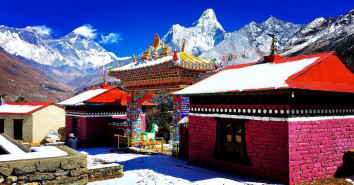
12th Jan, 2014
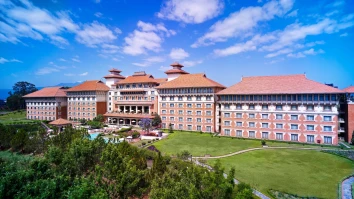
24th Apr, 2017

3rd Apr, 2014

3rd Jun, 2017

20th Jan, 2017
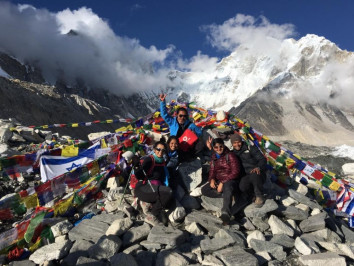
16th Jan, 2017
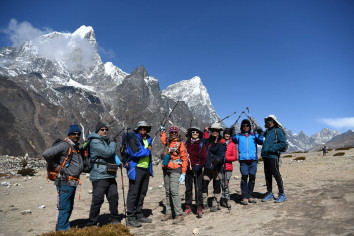
12th Jul, 2015

9th Apr, 2019
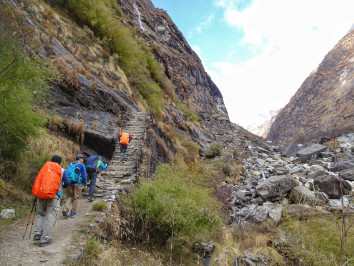
9th Jan, 2014

4th Apr, 2019

2nd Jan, 2014

2nd Apr, 2019

2nd Jan, 2014
-1.jpg)
30th Jan, 2017
-1.jpg)
4th Oct, 2018

16th Oct, 2018

9th Oct, 2018

24th Jan, 2016
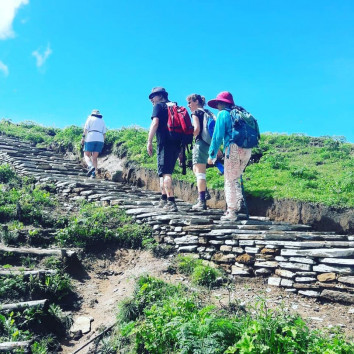
4th Oct, 2018

24th Aug, 2022

8th Sep, 2022

15th Sep, 2022
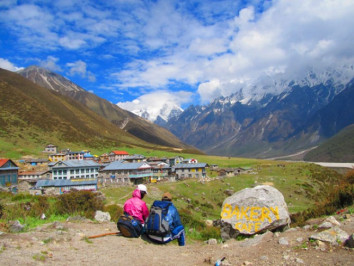
3rd Mar, 2023
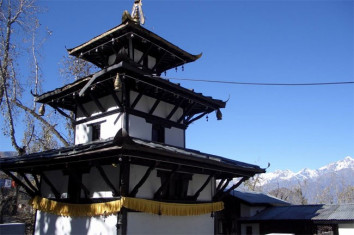
7th Mar, 2023
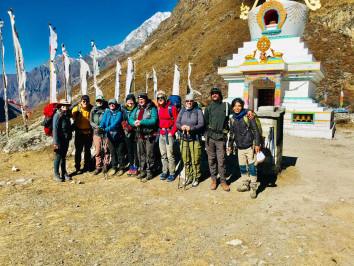
27th Mar, 2023

5th Apr, 2023

12th Apr, 2023

21st Apr, 2023

24th Apr, 2023

27th Apr, 2023

1st May, 2023

1st May, 2023

3rd May, 2023

18th May, 2023

19th May, 2023

16th Jul, 2023

16th Jul, 2023

16th Jul, 2023

16th Jul, 2023

17th Jul, 2023

17th Jul, 2023

17th Jul, 2023
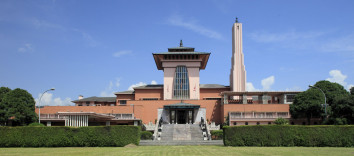
17th Jul, 2023

17th Jul, 2023

17th Jul, 2023

17th Jul, 2023

20th Jul, 2023
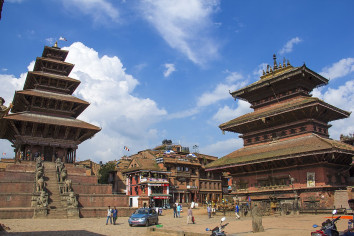
21st Jul, 2023

27th Jul, 2023

30th Jul, 2023
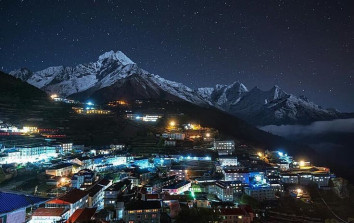
30th Jul, 2023
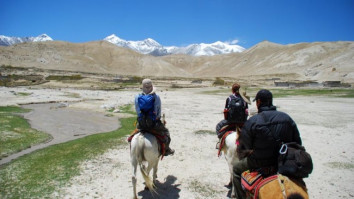
21st Aug, 2023

22nd Aug, 2023
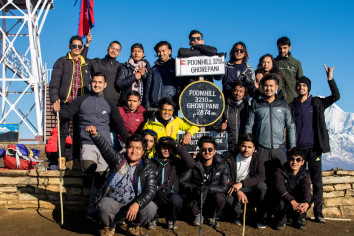
28th Aug, 2023

6th Oct, 2023

5th Nov, 2023

7th Nov, 2023

19th Nov, 2023

25th Nov, 2023

1st Dec, 2023

3rd Dec, 2023

13th Dec, 2023

13th Dec, 2023

13th Dec, 2023

21st Dec, 2023

21st Dec, 2023

23rd Dec, 2023

25th Dec, 2023

25th Dec, 2023

31st Dec, 2023

31st Dec, 2023
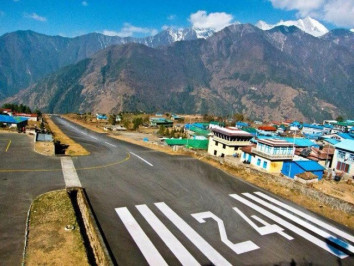
31st Dec, 2023
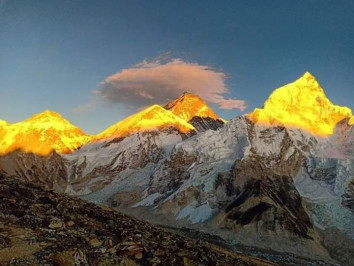
1st Jan, 2024

2nd Jan, 2024

2nd Jan, 2024

2nd Jan, 2024
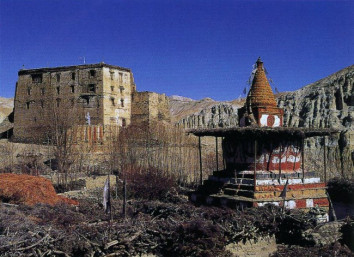
3rd Jan, 2024

4th Jan, 2024

4th Jan, 2024
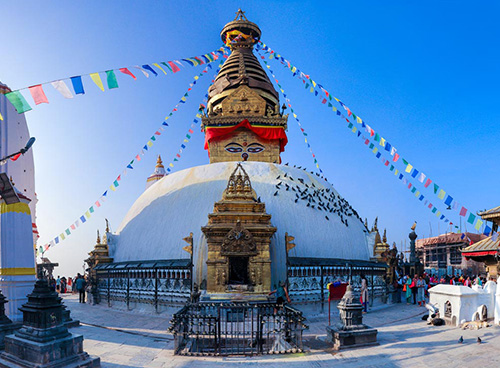
4th Jan, 2024
.jpg)
4th Jan, 2024

4th Jan, 2024

4th Jan, 2024

5th Jan, 2024

6th Jan, 2024
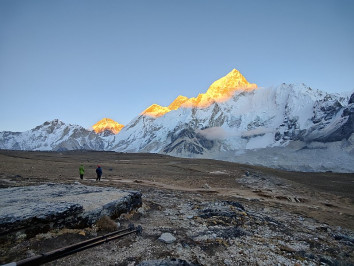
6th Jan, 2024

9th Jan, 2024
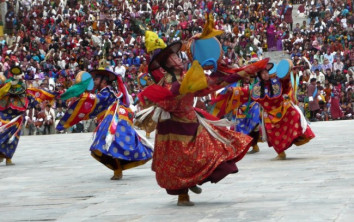
10th Jan, 2024

10th Jan, 2024

10th Jan, 2024
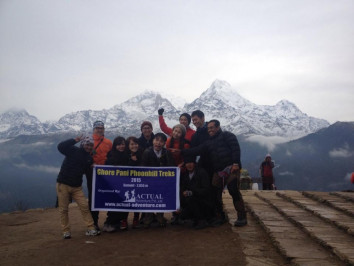
10th Jan, 2024

11th Jan, 2024

11th Jan, 2024

12th Jan, 2024

12th Jan, 2024

13th Jan, 2024

14th Jan, 2024
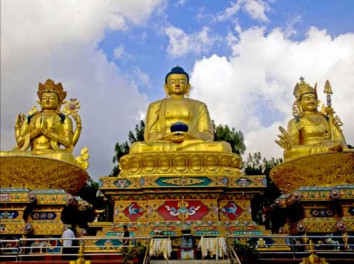
14th Jan, 2024

15th Jan, 2024

15th Jan, 2024

15th Jan, 2024

16th Jan, 2024

16th Jan, 2024
.jpg)
16th Jan, 2024

16th Jan, 2024
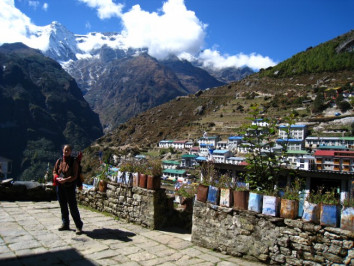
18th Jan, 2024
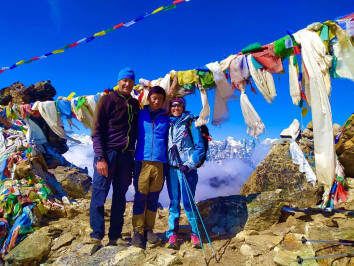
24th Jan, 2024

26th Jan, 2024
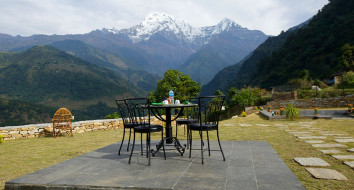
28th Jan, 2024

28th Jan, 2024
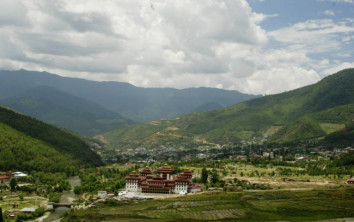
30th Jan, 2024

30th Jan, 2024

2nd Feb, 2024

2nd Feb, 2024

2nd Feb, 2024

3rd Feb, 2024

4th Feb, 2024

8th Feb, 2024

9th Feb, 2024

10th Feb, 2024

10th Feb, 2024

11th Feb, 2024

12th Feb, 2024

12th Feb, 2024

13th Feb, 2024

13th Feb, 2024

16th Feb, 2024

18th Feb, 2024

20th Feb, 2024

21st Feb, 2024

21st Feb, 2024

27th Feb, 2024
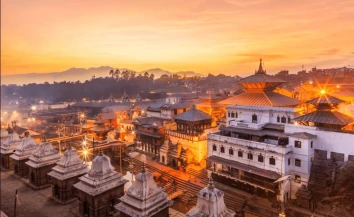
3rd Mar, 2024

3rd Mar, 2024

4th Mar, 2024

5th Mar, 2024
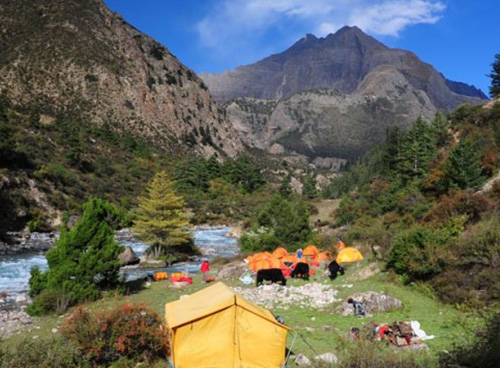
5th Mar, 2024

10th Mar, 2024

10th Mar, 2024

10th Mar, 2024

11th Mar, 2024

13th Mar, 2024

13th Mar, 2024

19th Mar, 2024

22nd Mar, 2024

26th Mar, 2024

27th Mar, 2024

27th Mar, 2024
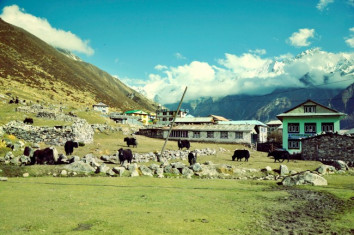
27th Mar, 2024
-1624864292-1.jpg)
28th Mar, 2024

2nd Apr, 2024

2nd Apr, 2024

4th Apr, 2024

12th Apr, 2024


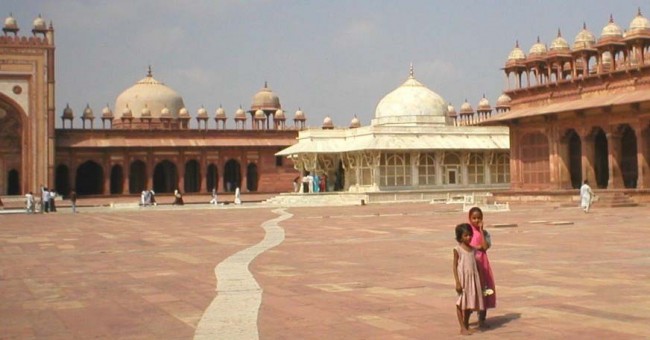



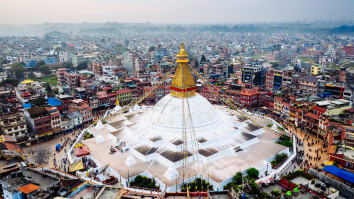














.jpg)
















